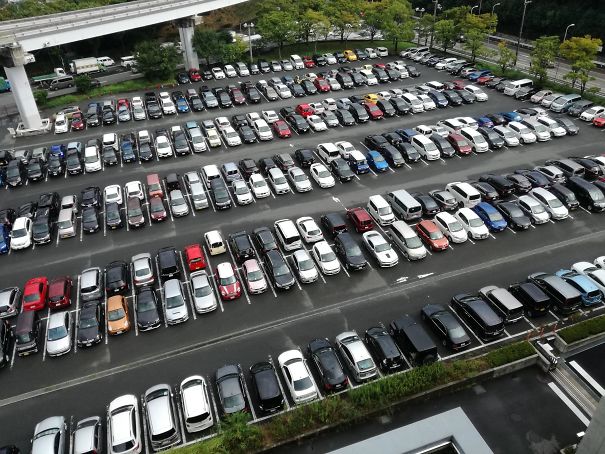derekmw
Member
Well, you would be able to pull in forward if that were the case.
Kind of off topic, but I actually always found it odd how everyone here in the US pulls forward into spots. I grew up in Japan where most people back into spots. Maybe because of that but I prefer backing into spots even if I wasn't driving a Tesla.



